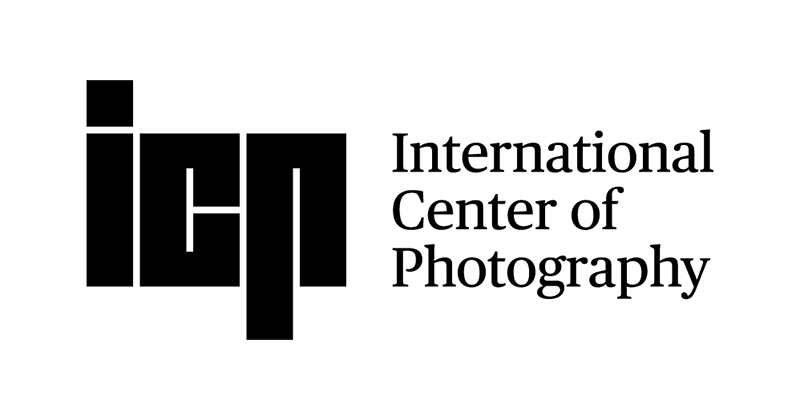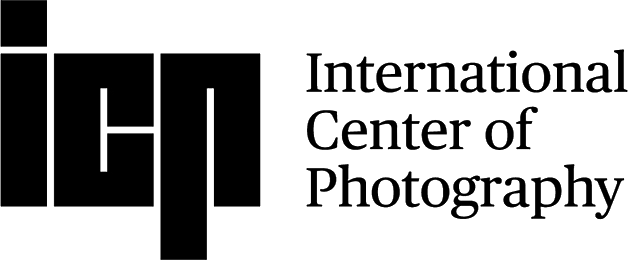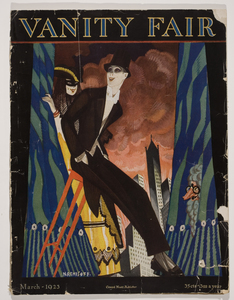Nickolas Muray was born in the town of Szeged, and began his study of photography, photoengraving, and lithography at the age of twelve at the Graphic Arts School in Budapest. He continued his training at the National Technical School in Berlin, where he learned color photogravure and worked as a photoengraver at the Ullstein publishing house. After immigrating to the United States in 1913, he found work at Condé Nast in New York and Chicago, making color separations and halftone negatives. In 1918, Muray began a forty-year career in freelance advertising, fashion, commercial, and magazine photography; around 1925 he opened what would be a highly successful portrait studio in New York's Greenwich Village. His portraits of the culture elite of his day were published in Harper's Bazaar and Vanity Fair, and they made a celebrity of Muray himself. After the 1920s, he concentrated more on magazine work. Muray was a man of many accomplishments: an Olympic champion in fencing, an aviator, and a dance critic. He later made photographs to illustrate a book on Pre-Columbian art. The Revealing Eye, a collection of his portraits of 1920s personalities, was issued in 1967. In 1974 the George Eastman House presented the first retrospective exhibition of Muray's photography.
While Muray is best known for his work as a celebrity portraitist, his magazine and fashion pictures from the 1930s and 1940s are superb examples of both color photography and the postwar American advertising aesthetic of excess. A master of the difficult carbro printing process, Muray combined technical expertise with sparkling wit to create elegant yet telling portraits and exuberantly commercial images.
Cynthia Fredette
Handy et al. Reflections in a Glass Eye: Works from the International Center of Photography Collection, New York: Bulfinch Press in association with the International Center of Photography, 1999, p. 217.





